San Mateo County Market Update March 2025
Super Commuters are not feeling so super anymore

The COVID-19 pandemic brought about unprecedented changes to our work and living arrangements. Many of us seized the opportunity to relocate to more spacious and affordable homes, often situated far from bustling city centers. However, as companies increasingly implement return-to-office policies, the allure of these distant residences diminishes in the face of grueling daily commutes. The term "super commuters" has emerged to describe individuals enduring extended travel times to their workplaces, a lifestyle that is becoming increasingly untenable.
The Return-to-Office Dilemma
During the pandemic, many Bay Area residents left the region’s high-cost urban hubs for more affordable locations, thinking remote work was here to stay. But as offices reopen, workers are facing the challenge of multi-hour commutes, congested highways, and the struggle of balancing work-life demands. The Bay Area’s traffic—already notorious—has become even more frustrating, making many reconsider their decision to move further out.
At the same time, housing trends have shifted again. Inventory remains low, and demand is rising, making it a competitive market for those looking to relocate closer to work. In some Bay Area suburbs, rent prices have skyrocketed—some by as much as 30% in a year—while home sales have also surged.
Thinking About Moving Back? Here’s How to Navigate the Market
If you’re rethinking your commute and considering moving closer to work, here are a few key steps to help guide your transition:
1. Assess Your Commute and Lifestyle Needs
How much time do you currently spend commuting? What would your ideal work-life balance look like? Consider not only distance but also access to public transportation, walkability, and overall quality of life.
2. Understand the Housing Market
The Bay Area’s real estate market remains competitive. Home prices fluctuate depending on location, and rental costs have been on the rise. Staying informed on market trends will help you set realistic expectations.
3. Financial Planning is Key
Moving back to a more central Bay Area location means facing higher home prices and living costs. Take time to crunch the numbers and explore financing options, whether you’re buying or renting.
4. Be Strategic About Your Move
If you’re selling, pricing and marketing your home correctly will be crucial in today’s market. If you’re buying, you’ll need a strong offer strategy to compete in desirable areas. Working with an experienced real estate professional can help you navigate the process effectively.
Ready to Make the Move?
The decision to relocate is never easy, especially in a fast-changing real estate landscape. Whether you’re looking to buy closer to the office, sell your current home, or explore your options, I can help you strategize your next move and find a place that works for your lifestyle.
Let’s talk about how to make your commute—and your home—work for you.
February 2025 Market Reports
Below you'll find market information for San Mateo County, San Mateo (City), and Foster City.

San Mateo County Equity Report. This report covers changes in median home sales prices over the last month, year, five years, and ten years.
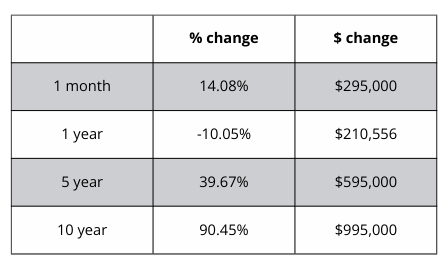
San Mateo County Market Report. This report covers changes in median home sales prices, year over year.
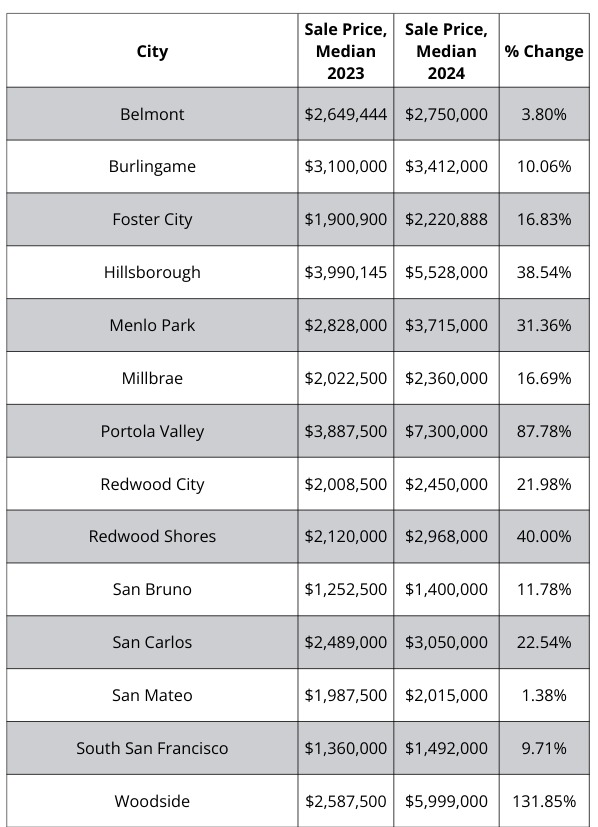

San Mateo City Equity Report. This report covers changes in median home sales prices over the last month, year, five years, and ten years.
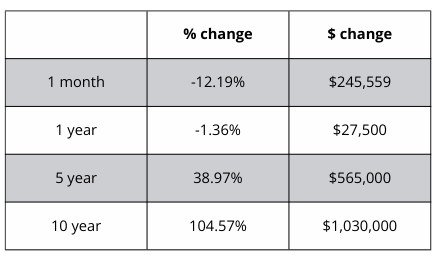
San Mateo City Market Report. This report covers changes in median home sales prices, year over year.
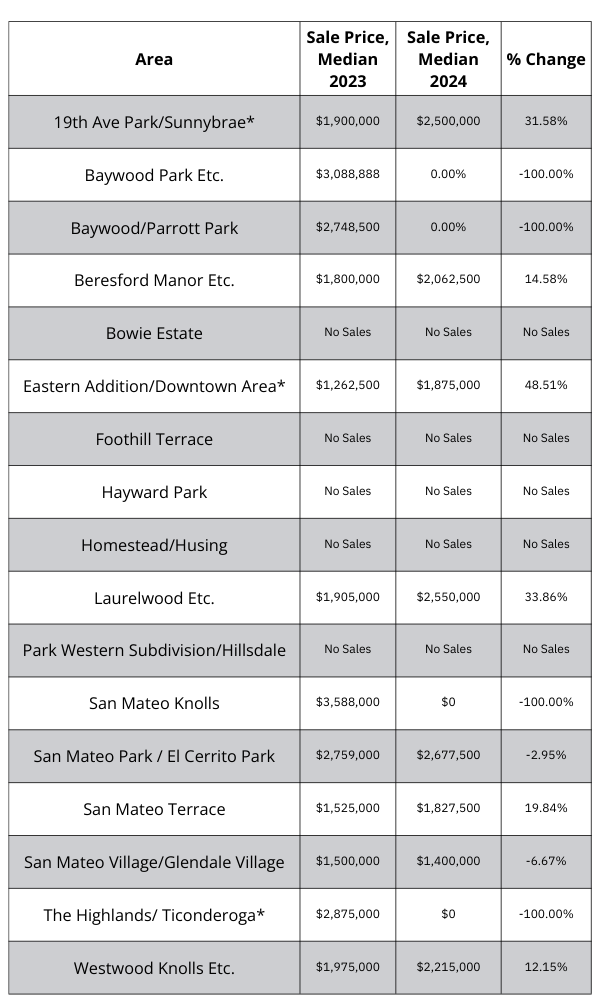

Foster City Equity Report. This report covers changes in median home sales prices over the last month, year, five years, and ten years.
Single Family Residences
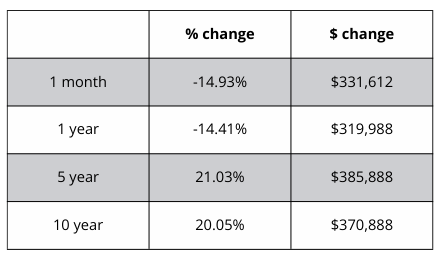
Condominiums

Townhomes

Expanded San Mateo County Market Report












